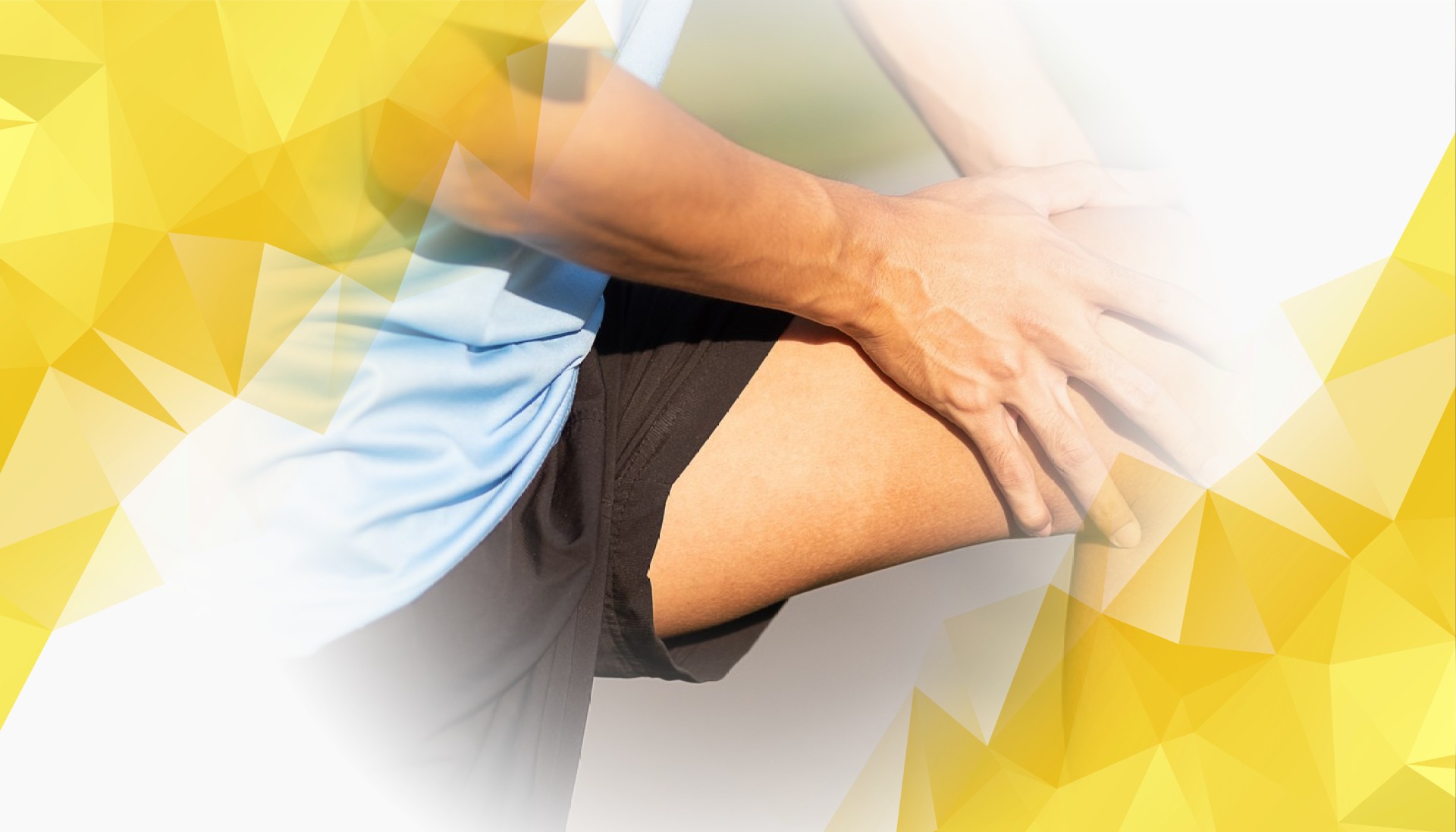Introduction: Tackling the Challenges of Osteoarthritis
Osteoarthritis is a widespread condition that often causes significant pain and stiffness in the knees, making everyday movement difficult and affecting quality of life for millions. It can limit independence and disrupt daily routines, leaving many people searching for better, more lasting solutions when traditional treatments don’t provide enough relief. One exciting innovation is the MAI Motion device, designed to improve how well the knee tolerates stress and to restore joint function. In this article, we’ll explore how MAI Motion is helping people with osteoarthritis move more comfortably and confidently.
What is Osteoarthritis and Why Is It Important?
Osteoarthritis develops as the cartilage —the smooth, protective tissue at the ends of bones—gradually wears down. Without this cushion, bones rub against each other, causing pain , swelling, and stiffness. The knees, which support much of our body weight, are especially vulnerable to this kind of damage.
Traditional treatments like painkillers, physiotherapy, and sometimes surgery can manage symptoms, but they often don’t fully restore function or prevent further joint deterioration. This leaves many people struggling with pain and reduced mobility that affects their everyday activities.
Recent research highlights a new focus: improving the knee’s ability to handle mechanical stress from daily movement. By helping the joint manage these stresses more effectively, we can better protect it from further harm. The MAI Motion device was developed with this idea in mind—supporting the knee beyond just pain relief, and working to restore its natural function.
Modern video-based assessment tools are making a difference here, too. Clinicians now have affordable and sensitive ways to analyze real-world movement , allowing for personalized treatment based on each patient’s needs (Armstrong et al., 2024).
How MAI Motion Works: Features and Benefits
MAI Motion is a smart, user-friendly device that combines advanced design with innovative technology to support the knee joint . Its adjustable support tailors assistance to each person’s needs, controlling how much pressure and load the knee experiences during movement . By more evenly distributing these forces, MAI Motion helps reduce pain and may slow the progression of cartilage damage.
A standout feature of MAI Motion is its intuitive interface, offering real-time feedback. Users can see and adjust how they move, encouraging healthier habits and more effective self-management.
Clinical studies show that people using MAI Motion often report better mobility and less discomfort than those depending solely on traditional therapies. Instead of disguising symptoms, MAI Motion aims to restore the joint’s natural function, giving people the tools to take control of their osteoarthritis .
Researchers have also validated the power of technology like MAI Motion to capture valuable movement data in real clinical settings using everyday equipment—making quality care more accessible (Armstrong et al., 2024).
Real-Life Impact: What MAI Motion Means for Everyday Life
MAI Motion ’s benefits go far beyond the clinic. When knee tolerance and function improve, so does the ease of daily activities—walking, climbing stairs, or even enjoying light exercise can become less painful and more accessible. Maintaining mobility isn’t just important for physical health; it also supports a positive mindset and greater independence.
Because the device is adaptable, MAI Motion can help a wide range of people—whether they’re just starting to notice symptoms or need more substantial support. Healthcare providers see these advances as a way to help patients rely less on pain medication and possibly delay or avoid more invasive treatments, such as surgery.
By allowing better tracking of progress and providing more objective results, technology like MAI Motion helps both patients and clinicians make informed decisions about ongoing care (Armstrong et al., 2024).
In short, MAI Motion ’s non-invasive approach creates real opportunities for people with osteoarthritis to preserve their mobility, confidence, and quality of life.
Conclusion: Looking Ahead in Knee Care
MAI Motion represents a new and hopeful direction for osteoarthritis management . With strong scientific support and promising clinical results, it addresses the real challenges patients and healthcare providers face every day. Its blend of advanced technology and simple, user-friendly features offers a vision of knee care that goes beyond temporary relief—focusing on restoring comfortable movement and daily independence.
As more research highlights its benefits, MAI Motion is poised to become an essential part of osteoarthritis care . For those affected by knee pain and stiffness, it offers a real chance for renewed comfort, mobility, and peace of mind.
References
- Armstrong, K., Zhang, L., Wen, Y., Willmott, A. P., Lee, P., & Ye, X. (2024). A marker-less human motion analysis system for motion-based biomarker identification and quantification in knee disorders. Frontiers in Digital Health. https://doi.org/10.3389/fdgth.2024.1324511
- Armstrong, K., Wen, Y., Zhang, L., Ye, X., & Lee, P. (2022). Novel Clinical Applications of Marker-less Motion Capture as a Low-cost Human Motion Analysis Method in the Detection and Treatment of Knee Osteoarthritis. Journal of Arthritis, 11(6). https://doi.org/10.4172/2167-7921.2022.11.053
- Wen, Y., Verma, T., Whitehead, J. P., & Lee, P. (2025). Empirical validation of a streamlined three-repetition sit-to-stand protocol using MAI Motion. Applied Sciences, 15(10), 5688. https://doi.org/10.3390/app15105688

